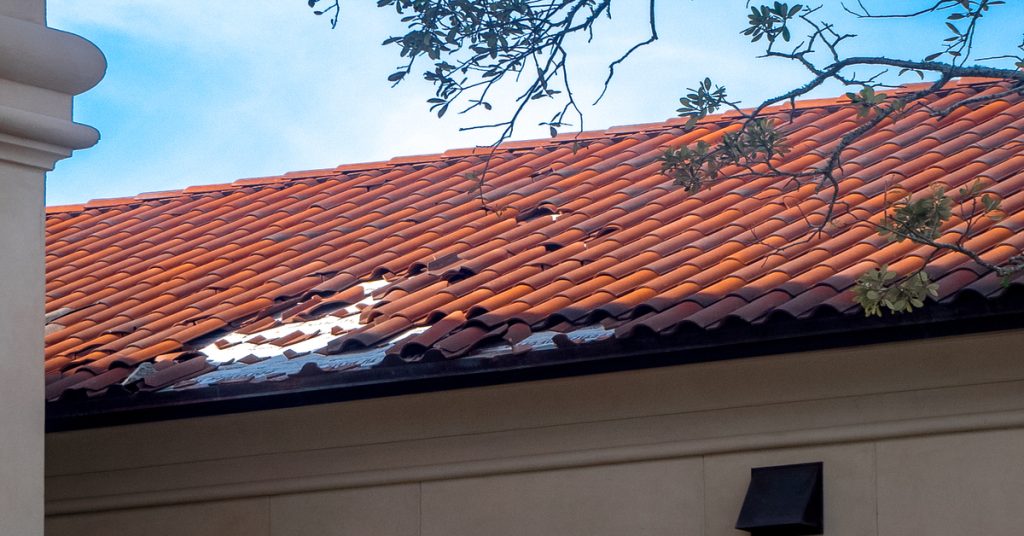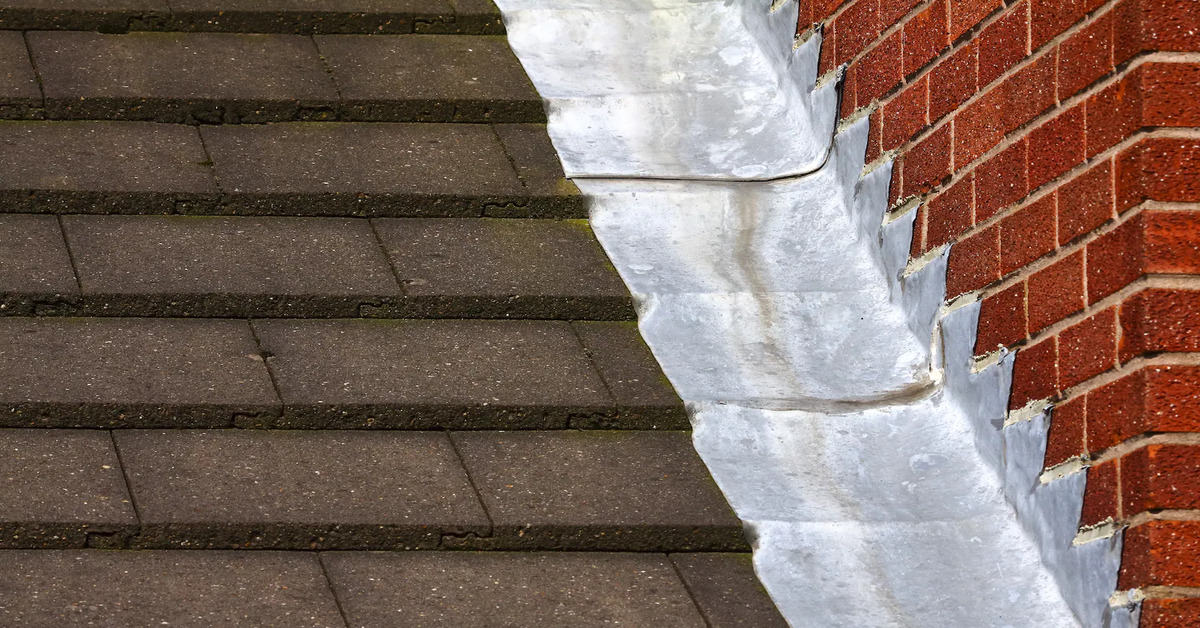

Roof flashing is a critical feature of any roofing system because it protects the roof structure from water damage. It’s vital to use flashing regardless of your roofing materials, whether metal or tile roofs.
Flashing is a thin strip of material installed at roof intersections and edges to direct water away from these vulnerable wall abutments.
We’re talking chimneys, vents, skylights, or where any edges meet on tiled roofs.
Let’s take a look at the various types of roof tile flashing available in Australia, as well as their benefits and drawbacks.
Continuous Flashing
In Australia, continuous flashing, sometimes called apron flashing, is one of the most common roof flashing types. A continuous metal strip is installed over the joint between the roof tiles and the wall for an attractive finish. Continuous flashing protects against water intrusion and is exceptionally effective at preventing leaks that can cause damage to your roofing materials and broader structure.
Building professionals often combine continuous flashing with step flashing to ensure complete protection.
Most continuous flashing is made from metals like copper, steel, and aluminium.
Copper is the most expensive option but is highly durable and has a long lifespan. Aluminium is more affordable than copper and is easy to install, making it a popular choice among homeowners. Stainless steel is also highly durable but can be more challenging to work with than other materials.
Since it is one large sheet, continuous flashing is more suitable to pair with metal roofs than tiled roofs due to the uneven surface of a tile roof profile. Even with a metal roof, getting continuous flashing right takes precise measurements to ensure the best level of protection for your roof. This can mean a protracted installation process. However, continuous flashing offers the best protection, so you should consider it if you live in an area with heavy rainfall.
Step Flashing
Step flashing is another popular type of flashing used in Australia, this time more suited to tile roofs. We call it “Step” flashing because it is installed in a series of overlapping steps, each step covering the lower step, starting from the roof edge and continuing up to the roof line where it meets a wall or chimney. This series of small steps allows water to flow down the roof and away from the wall or chimney.

Galvanised steel and aluminium are the most commonly used materials for step flashing. Galvanised steel is both durable and long-lasting. On the other hand, aluminium is a cheaper alternative and simple to work with, making it a popular choice among homeowners.
Step flashing works better for steeper roof profiles, like gable roofs, as gravity helps the water flow down the steps.
Drip Edge Flashing
It’s all in the name here – builders can install drip edge flashing at the edges of a roof to stop water seeping into the eaves ad causing damage.
The main benefit of drip edge flashing is that it is inexpensive and straightforward to install, compatible with most roof profiles. It prevents water penetration effectively and can help the roof last longer. The main disadvantage is that it may not be as visually appealing as other types of flashing.
Valley Flashing
Builders can install valley flashing in the little valley or gulley located between two roof slopes. These valleys are vulnerable spots where water could collect, so protecting these areas with special valley flashing is essential.
Since water accumulates here, valley flashing is an essential protective measure if your roof profile features valleys. Its main advantage is it fits a specific purpose.
Metal Flashing

Flat roofs require a particular form of TPO-coated metal. This metal flashing is coated with a thermoplastic material that can be welded to the roof membrane to create a watertight seal.
Installation and Maintenance
Since flashing performs such a vital role in protecting your roof and broader building structure from water damage, it’s essential you make flashing a priority element of your roofing project.
If not installed correctly, your flashing will be ineffective and won’t serve its purpose. When flashing fails, the consequences can be disastrous for your home, as water leaks are the enemy of a structurally sound building.
Hire a professional to ensure your flashing is perfect for your home.
But the work doesn’t stop there.
Roof flashing requires routine maintenance to ensure it’s up to standard. Inspect your flashing, or get a roofer to examine it regularly to detect any damage or wear and tear, such as cracks or corrosion. You should replace any damaged flashing as soon as possible to prevent the harm associated with water buildup in the roof.
Even if you’re not a roofing expert, there are things you can do to maintain flashing. You can help keep flashing in good condition by keeping the surrounding area clear of debris like leaves and twigs. Cleaning on a regular basis can also help to prevent the accumulation of dirt and grime. These simple steps can stop your flashing from deteriorating too quickly.
Common Flashing Issues
Even with regular maintenance, flashing will still degrade over time.
In Australia, of course, many places encounter extreme weather conditions. Storms, hail, or even too much heat can damage flashing materials.
If you are unfortunate enough to notice cracks or corrosion after a bout of extreme weather, you will need to replace the damaged flashing; otherwise, your roof structure could be compromised.
Final Thoughts
Homeowners should select the appropriate type of flashing based on their individual needs and preferences.
Since flashing is integral to the long-term protection of the roof, it’s an essential step in the roof installation process. Consult advice on which roof flashing is best for you – the prevention of water damage is more important than considerations on price or on aesthetic appeal, but there are usually a few options to choose from to suit your purposes.
At EvoBuild, we offer various roof flashing products for you to consider, including Wakaflex and Dakaflash.
Reach out to our team for more information about our flashing options.
